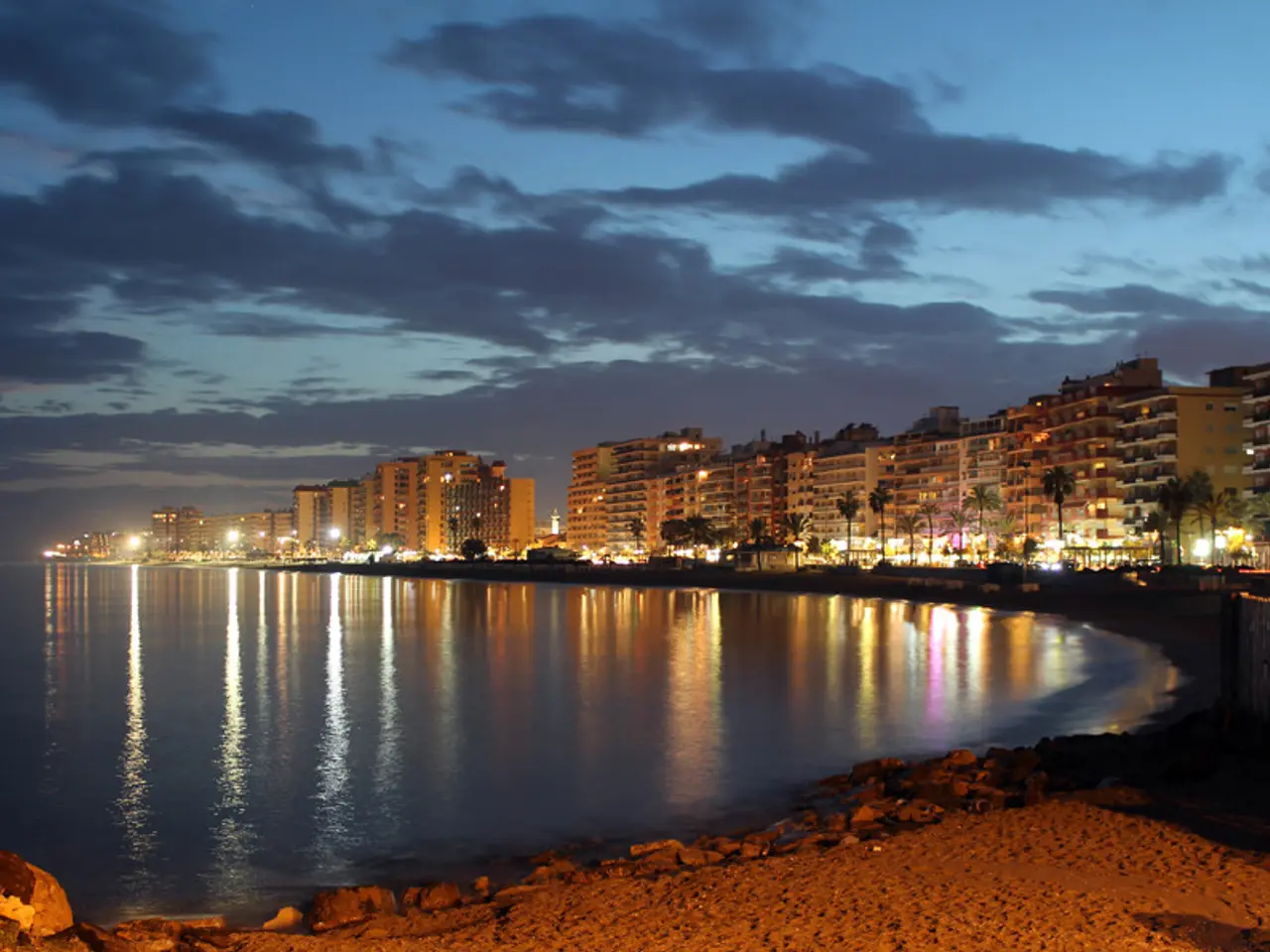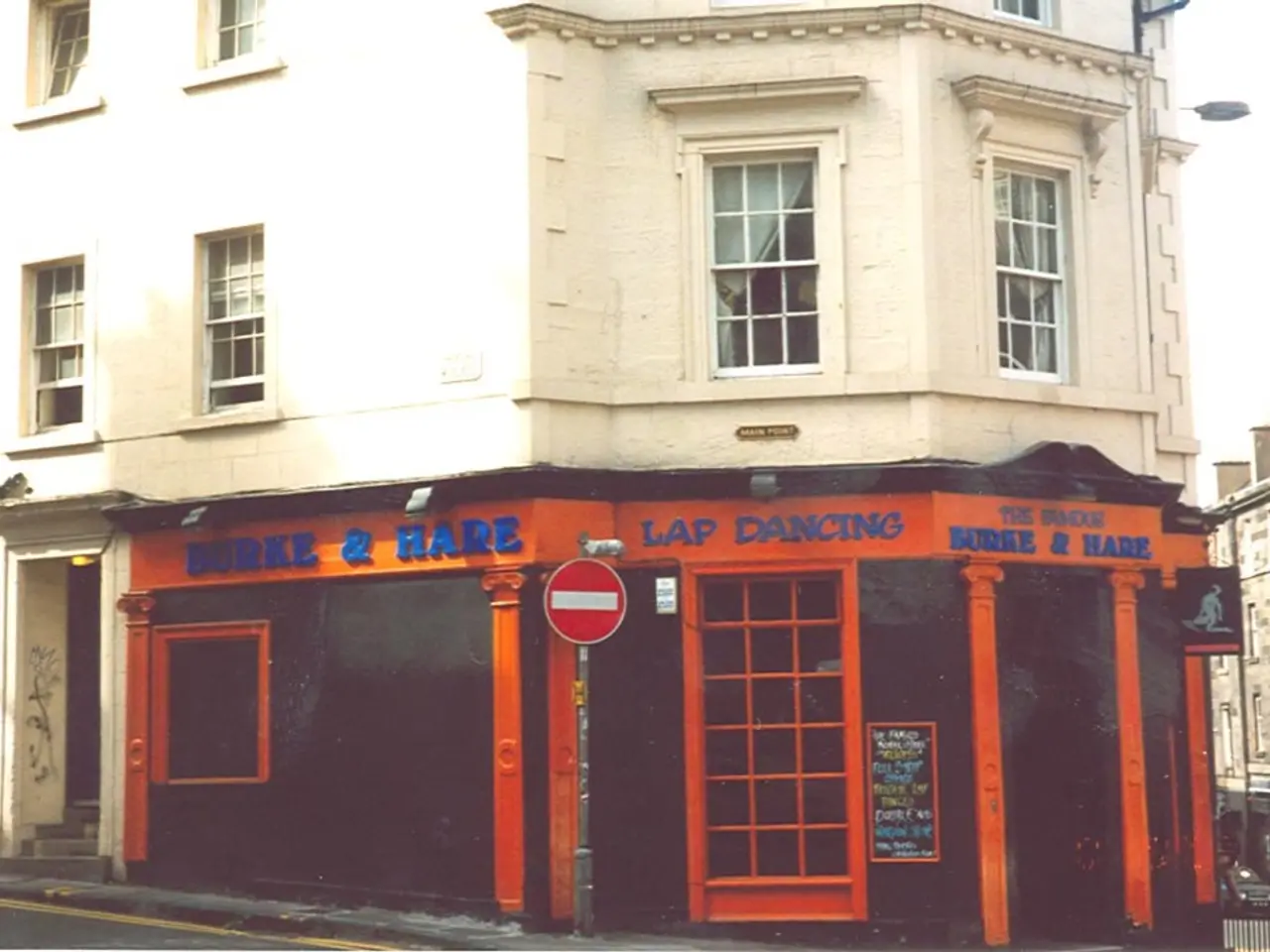Valencian Community's Coastal Law faces off "economic exploitation" against its "environmental degradation"
In the latter half of the 20th century, Spain's Mediterranean coast, including the Valencian Community, underwent a significant transformation, shaped largely by the policies of the Franco regime. This transformation, driven by a push for mass tourism, resulted in extensive coastal urbanization and environmental changes that continue to influence planning and development debates today.
Under Franco's rule (1939–1975), Spain was initially politically isolated but gradually opened up, with the 1960s marking a major shift towards tourism as part of economic modernization efforts. Coastal areas, including those in the Valencian Community, were designated as key zones for tourism development, leading to rapid urbanization driven by hotel construction, holiday settlements, and related infrastructure.
This development had several impacts. The tourism boom encouraged intensive construction along the Mediterranean coast, transforming small fishing villages and agricultural areas into large tourist resorts and urban hubs. This change in landscape often led to sprawling, dense urban forms designed to accommodate tourists.
The focus on tourism shifted local economies from traditional activities like agriculture and fishing to service-oriented economies centered on hospitality, entertainment, and related sectors, altering social and economic structures in the Valencian Community.
However, this urban expansion often came at the expense of natural coastal ecosystems. The pressure from construction—hotels, marinas, and roads—contributed to habitat loss, coastal erosion, and pollution. Over time, debates and concerns about sustainable development and environmental protection have grown because of these impacts.
The Valencian Community, known for its rich Mediterranean coastline, was a prime beneficiary and victim of this development trajectory. The region experienced significant tourism growth, with many coastal towns dramatically expanding in population and infrastructure through the second half of the 20th century. The strong push for tourism reflected broader national trends under Franco where the regime promoted tourism as a pathway to economic growth amidst prior political isolation.
Fast forward to the present day, efforts are being made to mitigate the environmental impact of past development. In 2018, the Pativel, the Territorial Action Plan for Green Infrastructure, was launched with the aim of preserving the natural assets of the Valencian Community. Despite facing challenges and pressures from large promoters, the Pativel was endorsed by the Supreme Court in 2022.
The Pativel aimed to conserve green infrastructure, heritage, and biodiversity, promoting the active conservation of over 7,500 hectares of soil. The plan prohibited urbanization in the first 500 meters of the coast and restricted it up to 1,000 meters. However, the draft of the new Coastal Law, launched in 2023, allows the construction of hotels outside the first 200 meters, raising concerns about a potential return to a business-oriented urban planning vision.
The transformation of the Valencian Coast, from its humble fishing and agricultural beginnings to a bustling tourist destination, is a testament to the far-reaching impact of Franco's tourism policies. While the region has reaped the economic benefits of tourism, the environmental consequences are still being addressed, highlighting the importance of sustainable development in shaping future coastal planning and development.
References:
- [Source 1]
- [Source 2]
- [Source 3]
- [Source 4] (Multiple references)
- The impacts of Spain's 20th-century tourism boom, particularly in the Valencian Community, extend beyond economy and urbanization, as they also encompass environmental changes, with loss of natural habitats, coastal erosion, and pollution becoming significant concerns.
- In the realm of environmental-science and policy-and-legislation, efforts to mitigate the environmental impact of past development on the Valencian Coast can be seen in the implementation of plans such as the Pativel, which aims to preserve the region's green infrastructure, heritage, and biodiversity.
- The ongoing debate regarding sustainable development and environmental protection in the Valencian Community is influenced by war-and-conflicts between those advocating for conservation and large promoters pushing for business-oriented urban planning, as exemplified by the draft of the new Coastal Law launched in 2023.
- General-news outlets frequently report on crime-and-justice issues related to accidents, such as car accidents, in the urbanized areas of the Valencian Coast, as the rapid expansion of tourist resorts and infrastructure has led to dense urban forms that can contribute to traffic congestion and related risks.
- The transformation of the Valencian Coast, driven by the policies of the Franco regime, offers valuable insights into the intersection of science, climate-change, politics, and crime-and-justice, with implications for future planning and development decisions in environments undergoing similar development trajectories.




